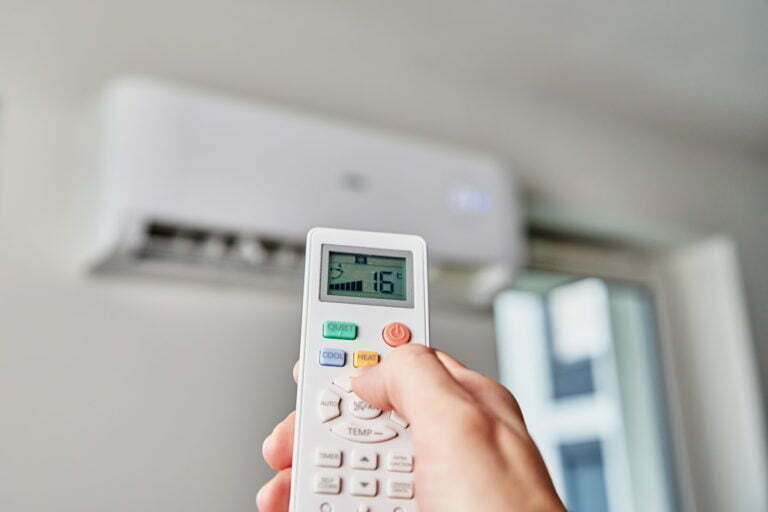While it’s an exciting achievement to own your home, it also comes with many additional responsibilities. It can be an adjustment, especially if you’re used to having a landlord or property manager handle appliance maintenance and repair. However, it’s essential that you learn how to take good care of home systems like your HVAC, as they’re central to your comfort and quality of life. An HVAC system that is turning on and off repeatedly is a problem that you should address immediately. If you notice that your HVAC is short cycling, read on to find out more about what could be causing it.
Why is your HVAC turning off and on?

When you have an HVAC turning on and off, it can be impossible to keep your home comfortable. This process is also referred to as rapid cycling or short cycling. The end result is that your house is likely to feel too hot or too cold most of the time. Without experience, it can be difficult to identify what is causing the short cycling. No matter what you think the issue is, the best thing to do is to call an HVAC technician to take a look at your system and diagnose the problem.
There are a few common reasons that your HVAC could be doing this. A thermostat issue is one option. You may also have a dirty air filter. When the filter is obstructed, warm or cold air cannot pass through. When central air conditioning systems or heat pumps experience short cycling, the cause could be a refrigerant leak. Leaks cause pressure within the system to drop, activating a safety switch that turns the unit off. Allowing the unit to continue rapid cycling can cause serious damage that will require repair.
To avoid problems with your HVAC, you should make sure you keep up with preventive maintenance. Not only will it help you avoid costly breakdowns, but it can also extend the life of the system itself. You should have your HVAC inspected by a technician annually and change the filter at least once every 90 days.
How else can you maintain your preferred indoor temperature?

Your HVAC is typically your first line of defense when it comes to indoor climate regulation, but there are other things you can do to control the temperature in your home. If you’re thinking about improving your HVAC system, you may want to think about upgrading to a smart thermostat. A smart thermostat is a Wi-Fi-enabled thermostat that works with home automation and can be operated through a smart speaker, mobile phone, or web portal. Smart thermostats give you more control of your HVAC system and reduce your energy costs, making them a great choice for almost every homeowner.
Anyone concerned about the indoor climate should also make time to inspect their windows and doors on a regular basis. Cracks and crevices can let in pollutants, allergens, moisture, and outdoor air. The presence of outdoor air makes it more difficult for your HVAC system to maintain your desired temperature. The system will have to work harder to compensate, which can drive up your utility bills. Seal up any cracks and crevices as soon as you can after they appear.
As you can see, there’s a lot that goes into temperature regulation. Your home’s indoor temperature can be affected by a wide range of factors, though your HVAC system usually has the most significant effect. Proper care and maintenance are necessary if you want it to remain in good working order. If you do notice a problem, you should call your local HVAC professional to have them inspect the unit as soon as possible to avoid a more expensive repair in the future. Taking good care of your system is the most effective way to avoid breakdowns or issues like short cycling.





